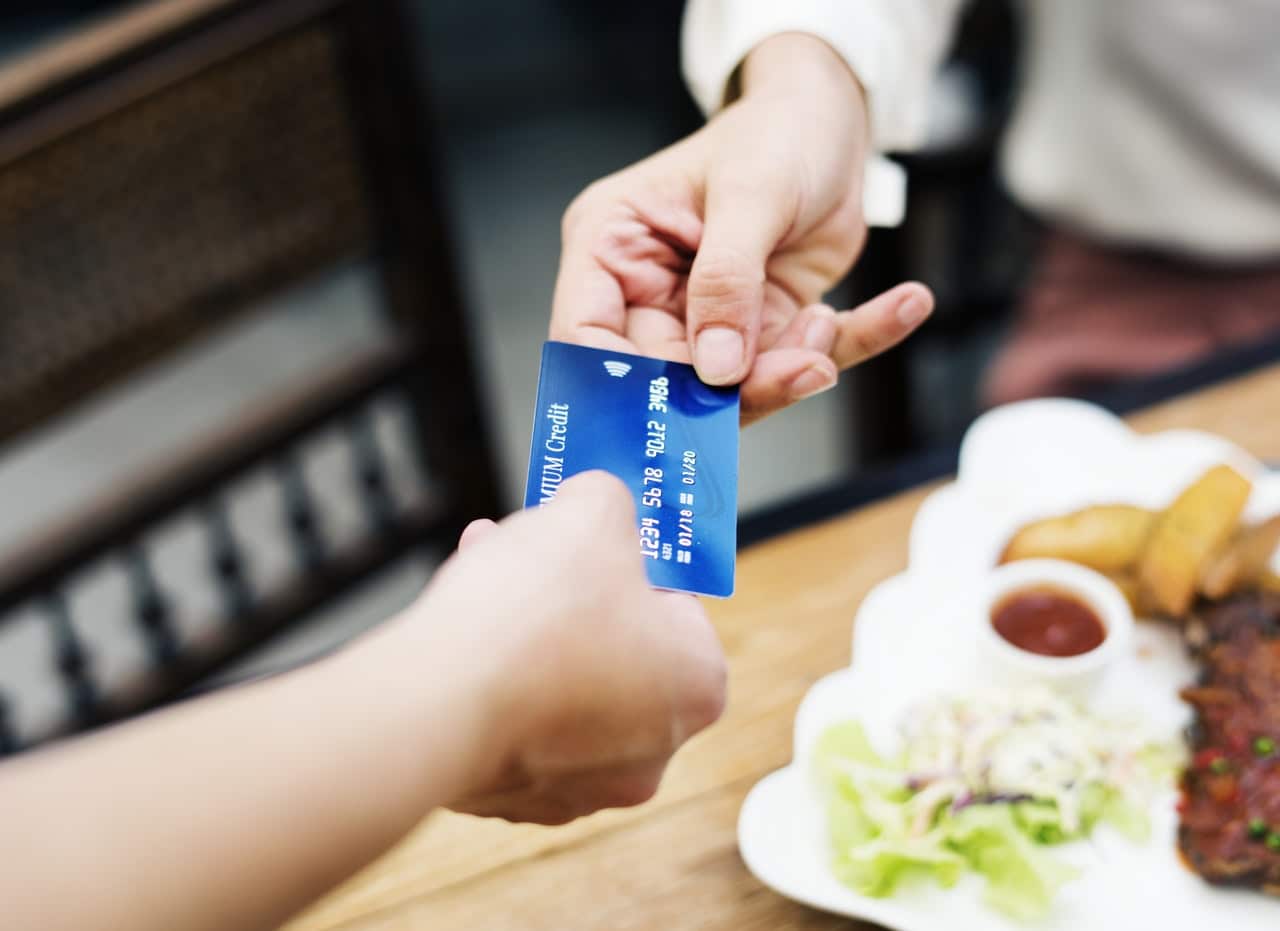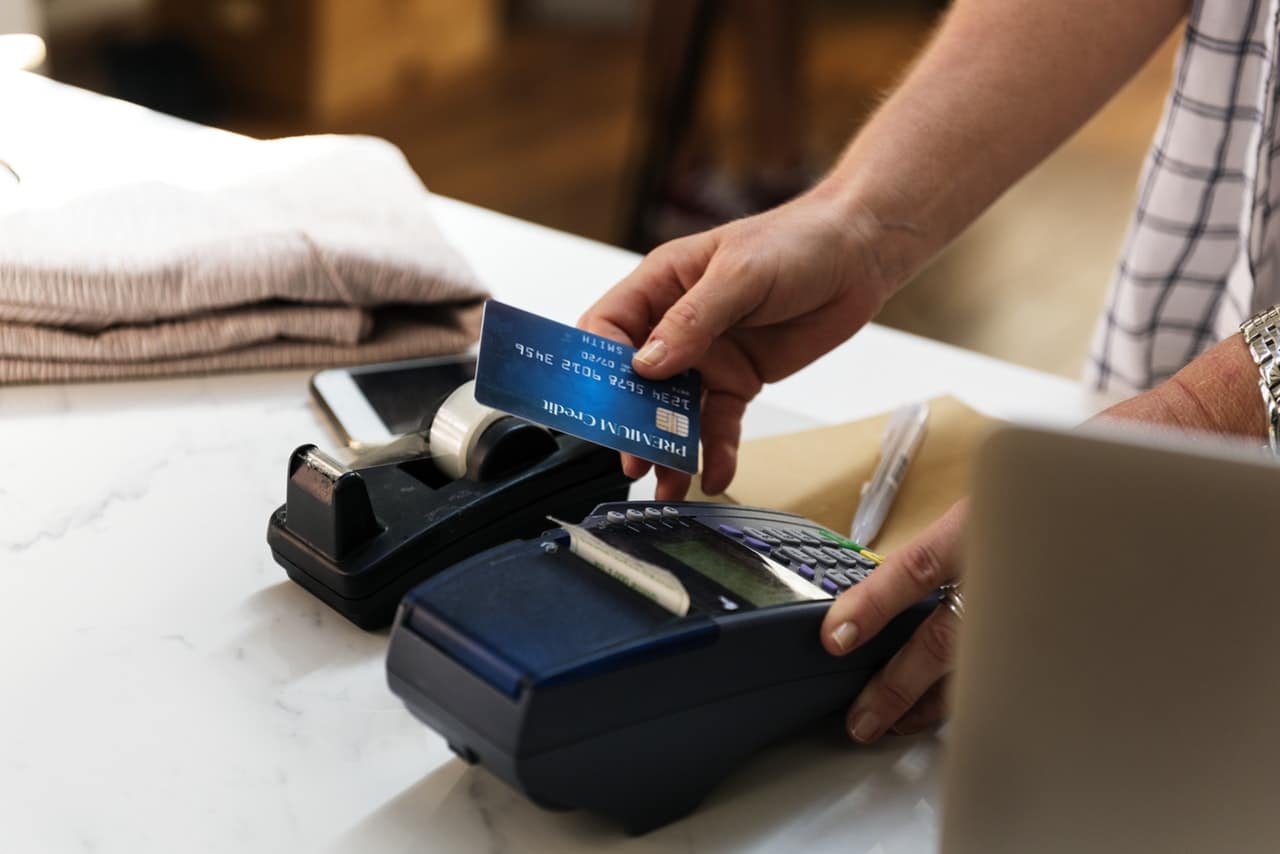What is EMV? And what do they have to do with my restaurant? Here are the answers to all your questions. EMVs are the global standards for cards embedded with computer chips whose technology is used to authenticate chip-card transactions. EMV was named on behalf of its developers: Europay, Mastercard, and Visa. EMVs are common in retail locations after becoming a worldwide initiative back in 2015. The technology in itself dates back to the 1990s. It was implemented to tighten security by encoding cardholder info in the transaction.
EMV chip cards are becoming a necessary part of the payments made in most industries. However, when was the last time after a delicious meal you paid using a chip reader? I’m guessing not recently, right?
EMV is rapidly becoming a global standard and the food industry needs to take notice when it comes to its payments and processing. Security is always a major concern when it comes to using Debit and Credit cards but the shift to EMV compliance is becoming mandatory in the industry.
IMAGE: PIXABAY
How Secure Are The EMVs?
EMV chip technology is super safe especially when it is compared to the existing magnetic stripe tech, which is susceptible to hacking. With the new embedded chip cards, security has been enhanced to levels that the magnetic stripe couldn’t possibly reach. The encryption put in place is next to impossible to crack, making it hard to counterfeit. The United States was among the last nations to accept and adopt the technology, which was unexpected (seeing that the US is a tech giant and leader in innovation) especially with the worldwide drop in credit fraud since implementation.
How Does This Affect My Restaurant?
Liability is the word that can be used to summarize what comes next after sticking to the old POS. Updating your card technology is not likely to have someone at your door with handcuffs. But with the shift to EMV compliance, you may be held accountable if theft or fraud happens within your restaurant and you haven’t adopted the new EMV system. In simpler terms, you will be liable for losses, charges, and other more unpleasant legal matters.
The cost of upgrading the equipment may present financial and logistical troubles, especially for small and local operations.
How Can My POS Help To Navigate EMV?
Fortunately, the current POS (Point Of Sale) systems in restaurants have an EMV compatibility feature. This gives you a whole list of options even beyond sales while the experience for customers remains exactly the same.
This “chip and signature” method leaves your customers unaware of any changes in their bill payments. But they will be more at ease knowing their information is safe and securely encrypted from malicious minds. Your operations, on the other hand, function exactly the same as they always have with the old POS. Workflow remains unchanged and your service team can easily split checks, get signatures and apply tips.
Deadline for the EMV compliance has been pushed back with regulatory agencies scrambling to improve adoption. The benefits associated with EMV compliance are to be experienced by both the restaurants and their customers. This makes it both irresistible and unwise to pass up or toss to the side.
If you are interested in even more business-related articles and information from us here at Bit Rebels then we have a lot to choose from.


COMMENTS